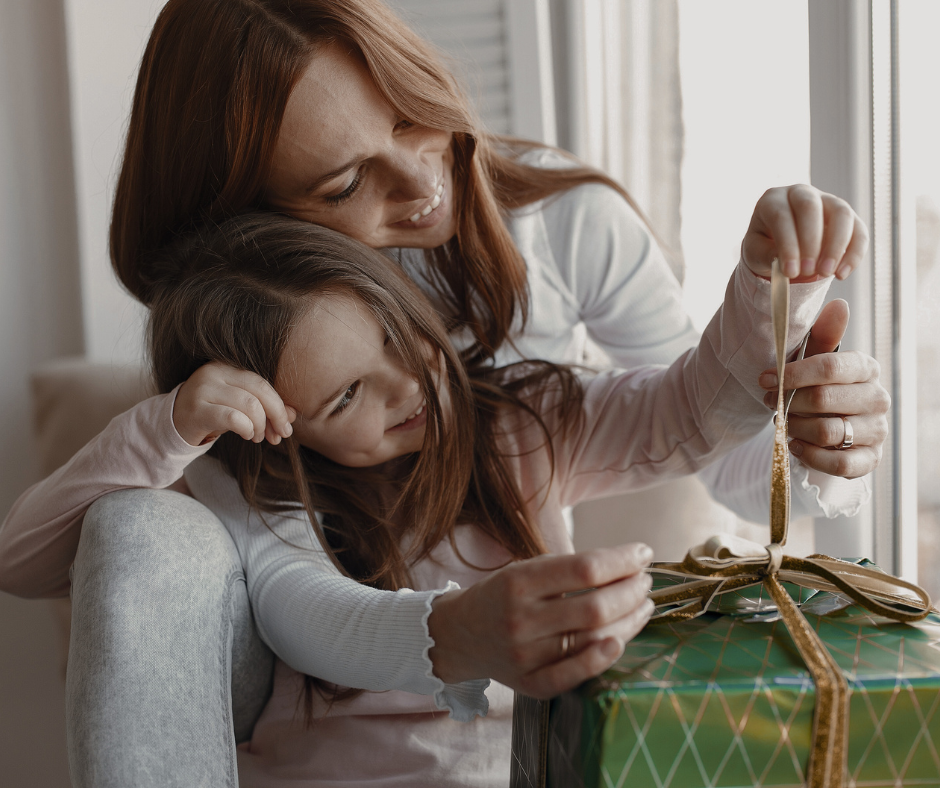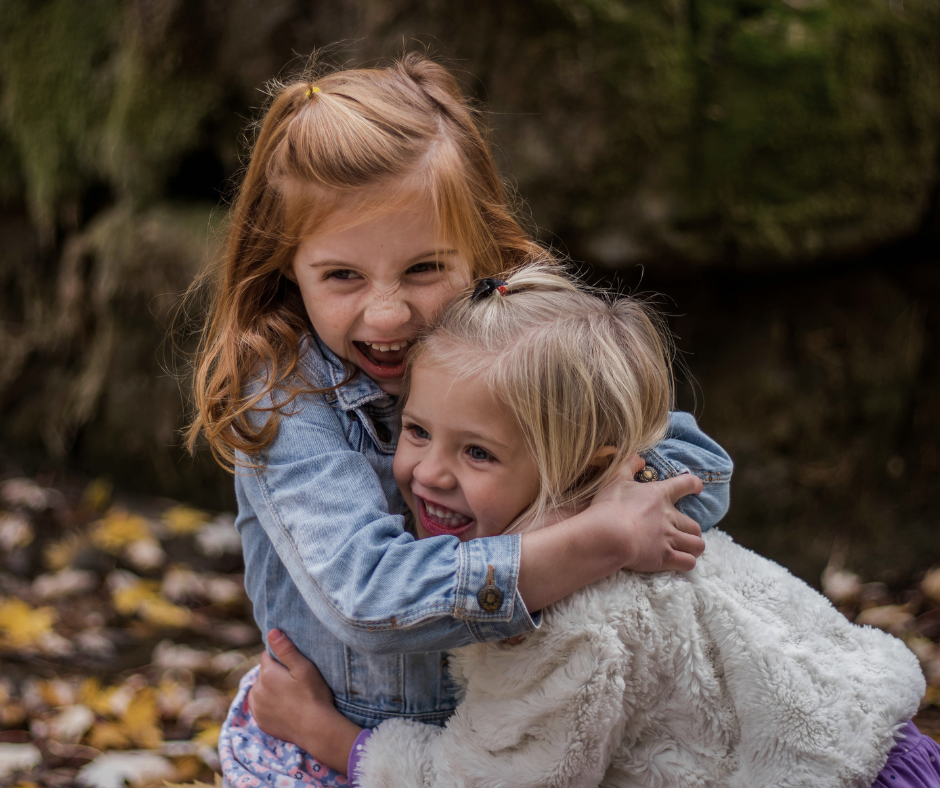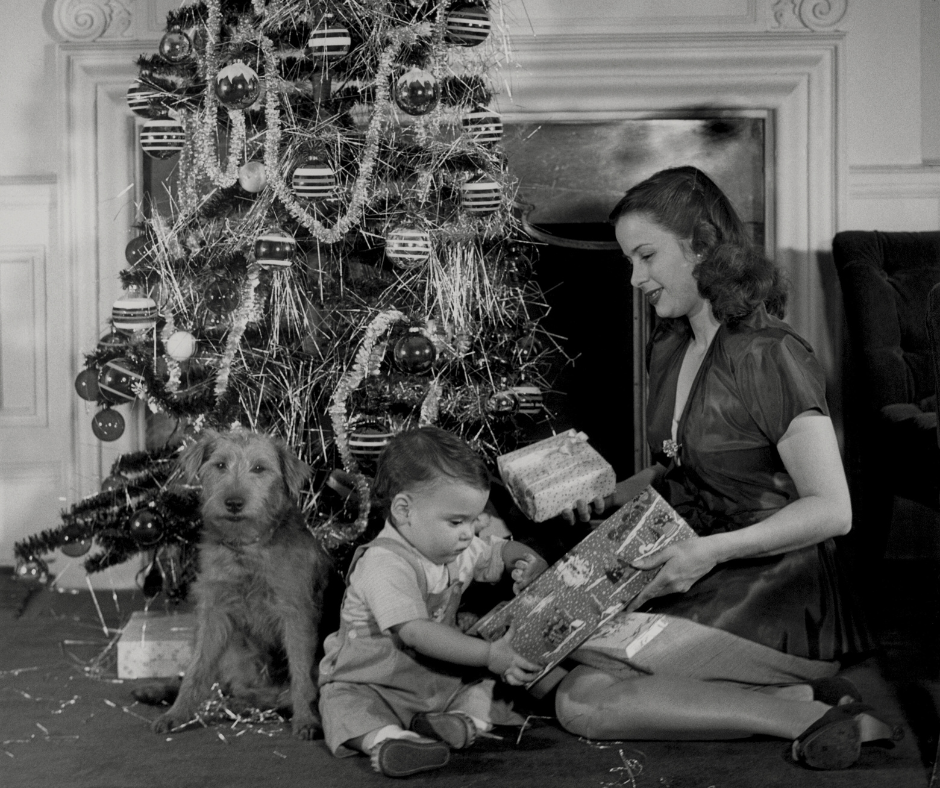

Disappointing Gifts? Here’s How to Help Your Kids Handle Friends’ Luxury Presents with Grace
Summary
Let’s explore how parents can guide children through feelings of envy when friends receive expensive gifts. With tips on gratitude, empathy, and curiosity, parents can turn these moments into valuable lessons that build confidence, kindness, and resilience.
Reflection Questions
- How do I typically respond to my child’s feelings of jealousy, and is there a way I can help them reframe those feelings in a positive light?
- Which unique family traditions could we create to reinforce the idea that joy isn’t just about material gifts?
- How can I model gratitude and empathy in my own life to help my child see these values in action?
Journal Prompt
Reflect on a time when you felt envious of someone’s possessions or experience. How did you handle those feelings? What advice would you give to your child if they were experiencing the same emotions? Consider ways to turn envy into an opportunity for growth, gratitude, or even inspiration.
Who hasn’t felt a twinge of envy watching a friend receive lavish gifts from a husband or parent while they themselves open socks on Christmas? Our kids feel that pang of jealousy, too. It happens to the best of us: your child’s friend shows up with the latest gadget, an amazing new bike, or that dream toy they’ve been eyeing—and suddenly, your child’s feeling a bit left out.
Gift envy is totally normal, especially as kids start comparing what they have with their friends. This isn’t just your kid, and it’s definitely not just you! Instead of letting envy get you both down, consider it an opportunity to teach some valuable life lessons. Helping your child handle these feelings gracefully is a great way to boost their confidence, teach gratitude, and even build empathy. Below are seven steps to guiding your child through gift envy as we head into the holidays.
Dealing with a Disappointing Gift: Why It’s Tough for Kids (And Parents!)


Every child loves to tear that wrapping paper off presents on their birthday, Christmas, or another special holiday. However, no family has the exact same amount of money as another and not all parents can afford the latest toy or tech. Kids feel envious when they see their friends or family members with something shiny and new on Christmas because, let’s face it, it’s human nature.
They’re just learning about social comparisons—seeing what others have and wanting it for themselves—and they don’t yet have the tools to navigate those feelings without a little help from their mother or father. The thrill of “new” is powerful, especially for young ones who are still figuring out what makes them happy and how to feel confident with what they already have.
Parents feel that envy, too! Often, it’s not about wanting the item but wanting their kids to feel included, valued, and as happy as their friends. Watching your child struggle with envy or self-doubt can hit a tender spot, and it’s natural to feel a bit of that “why not us?” feeling on their behalf. You’re doing great—it’s only human to feel protective.
Don’t Be So Hard on Yourself
Here’s a friendly reminder: it’s absolutely okay to feel a twinge of jealousy now and then, whether you’re 7 or 37! We hope you know that! Jealousy is a normal reaction that we can use as a learning moment for everyone. Teaching kids (and ourselves) to acknowledge these emotions and then turn them into opportunities for growth, empathy, and gratitude can be surprisingly rewarding.
You truly can help reshape their thought process around gifting, jealousy, and what the holidays really mean. So, take a deep breath and know it’s normal—and something you and your child can tackle together with grace.
How to Help Your Kids Manage Gift Envy in Seven Simple Steps
Step 1: Shift the Focus to Gratitude and Generosity


One of the simplest ways to help kids feel content with what they have is to encourage a sense of gratitude. Start by talking to them about what they already own and enjoy. Get specific—maybe it’s their favorite bedtime book, their snuggly stuffed animal, or even the time they spend with you making pancakes on Sunday mornings. Point out that these things are special too, even if they’re not brand new or “fancy.”
To make gratitude a little more fun, try setting up a “gratitude jar” or journal together. Every day, each of you can write down one thing you’re grateful for and add it to the jar or journal. At the end of the month, take a few minutes to go through your entries and celebrate all the little joys you’ve captured! It’s a simple, playful way to keep your child’s attention on the positives in their life and steer clear of anger or jealousy.
Actionable Tip
Here’s an actionable tip to kick things off: Share a time when you felt grateful as a mom, especially if it’s something simple, like enjoying a warm cup of coffee or a quiet moment with your kids. Encourage your child to think of one thing they’re thankful for, too. This shared reflection shows them that gratitude is something we all practice—at every age!
Step 2: Teach the “Different Families, Different Choices” Lesson


Help your kids understand that each family has different values and priorities—and that’s perfectly okay! Some families might spend on big gifts, while others might invest in travel, education, or family time. Explain that what matters most is not what someone else has but what feels right and special for your own family. This understanding can help kids view differences with curiosity and respect rather than envy.
Give them some simple, friendly phrases they can use if friends ask questions about their gifts or experiences. Something like, “In my house, we do things a little differently,” is an easy way for kids to explain without feeling embarrassed or defensive.
Actionable Tip
Try a quick role-play with your child. Pretend to be the curious friend, and let them practice their responses. Keep it light and fun! This exercise not only builds confidence but helps kids understand that every family makes unique choices.
Step 3: Encourage Curiosity Instead of Comparison


When kids see their friends with exciting new things, guide them to ask questions out of curiosity rather than comparing themselves. It can be a fun way to show interest in what others have without feeling “less than.” Encourage them to ask questions like, “What do you like most about it?” or “How does it work?” Turning comparison into curiosity can help kids learn to appreciate others’ joy without feeling envious.
Frame it as an opportunity to discover what makes their friends excited or happy. Curiosity can be empowering—it shifts their focus from feeling insecure to exploring what’s cool or fun about someone else’s experience.
Actionable Tip
To make it easy, create a list of friendly, curious questions together. This way, your child has a few go-to ideas, and they’ll feel ready to engage with friends about their new items in a positive way.
Step 4: Create Your Own Family “Luxury” Traditions


Kids don’t need high-priced gifts to feel like they have luxury in their lives! Show them that luxury can mean creating cozy, fun, or memorable moments with family. A “luxury” can be as simple as a Friday night pizza and movie night, a nature hike with homemade snacks, or even a crafting afternoon together. The point is to focus on quality time and a sense of togetherness.
Let them know that these moments can be even more special than things because they create lasting memories. It’s a fun way to teach that joy comes in many forms—not just from what we buy.
Fuel your creative fire & be a part of a supportive community that values how you love to live.
subscribe to our newsletter
*please check your Spam folder for the latest DesignDash Magazine issue immediately after subscription


Actionable Tip
Plan a new “luxury” family activity this month and let the kids take the lead on deciding what it will be. It makes them feel empowered and excited about family time, reinforcing that luxury is a feeling, not a price tag.
Step 5: Build Empathy and Celebrate Friends’ Joy


Teach your kids the importance of celebrating others’ happiness—even if they have more. Show them that being happy for a friend’s new toy or experience can bring joy to everyone. When we celebrate another person, we foster kindness and empathy, which are valuable skills for life.
Explain that being a good friend means supporting others, not just in hard times but also in their joyful moments. This helps kids focus on connection and positivity rather than comparison.
Actionable Tip
Practice saying something kind together, like “That’s awesome, I’m happy for you!” when a friend shows off a new Christmas present or birthday gift. Role-playing these kinds of responses can make it second nature for your kid to celebrate other children with grace.
Step 6: Turn It into a Lesson on Saving and Earning


If your child has their heart set on something, encourage them to see it as a goal they could save up for. This turns the desire for a new item into a fun and empowering learning experience about budgeting and saving. Kids can do small chores or tasks to earn an allowance, and watching their savings grow can be exciting!
Introduce them to the basics of budgeting by helping them set a mini-savings goal. Not only does this teach financial responsibility, but it also shows them that they have the power to achieve things they want.
Actionable Tip
Help them set up a small savings jar or chart for something they’d like to buy. Each step toward the goal can boost their confidence and make the final purchase feel even more rewarding! The best gift can be one you give yourself!
Step 7: Reframe Jealousy as a Motivation to Try Something New


Help your child see jealousy as a hint that they’re interested in something new—whether it’s an activity, a skill, or a type of toy they hadn’t considered before. When we reframe jealousy as inspiration, it becomes a positive force that encourages growth rather than envy.
Encourage them to use this feeling as a chance to brainstorm new things they’d like to explore. Maybe they’re interested in learning a new skill or trying a hobby they’ve seen their friends enjoy. This approach gives them a sense of control and excitement.
Actionable Tip
Work together to create a “Wish List” of experiences or hobbies they can start exploring. It can be anything from learning to bake cookies to starting a garden. This list becomes a go-to when they’re ready to try something fresh and fulfilling.
When the Green-Eyed Monster Just Won’t Quit: Handling Persistent Gift Jealousy


Sometimes, despite our best efforts, that little green-eyed monster of envy keeps popping up. It’s totally normal (but it sure feels like bad luck)! The key here is to acknowledge and validate your child’s feelings—let them know it’s okay to feel jealous and that everyone experiences it now and then. Try not to brush it off, get mad, or make them feel bad about it; instead, show understanding and empathy.
Once you’ve acknowledged their feelings, gently redirect them toward a positive perspective. Remind them of the many things they already have that bring joy or suggest focusing on activities that make them feel happy and secure. Sometimes, just shifting attention from “what others have” to “what makes me feel good” can work wonders.
Try setting aside a regular weekly chat time where you and your child can discuss any “tough” feelings that have come up—whether it’s about jealousy, worries, or anything else. This open and safe space for sharing helps kids feel heard and supported, and it allows you to help them work through their feelings with love and honesty.
Final Thoughts: Embracing Differences and Celebrating Uniqueness No Matter the Budget


Helping kids navigate gift envy is all about teaching them to embrace differences and find joy in their own lives. By focusing on gratitude, building empathy, and encouraging curiosity, you’re giving them lifelong tools to handle feelings of envy with grace.
Remember, this is an ongoing process—for both you and your child. There will be bumps along the way, but each conversation and shared moment brings them closer to feeling happy with who they are and what they have.
Growing up isn’t easy, but with your steady support, they’ll learn to approach these challenges with confidence and kindness. You’re helping them build resilience, one lesson at a time, and that’s truly a gift in itself!








